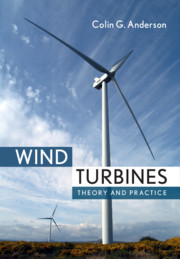CLCTK
LanguageENG
PublishYear2013
publishCompany
Wiley
EISBN
9781118703366
PISBN
9781118634165
- Product Details
- Contents
After a brief introduction to the topic of photovoltaics history and the most important facts, Chapter 1 presents the subject of radiation, covering properties of solar radiation, radiation offer, and world energy consumption. Chapter 2 looks at the fundamentals of semiconductor physics. It discusses the build-up of semiconductors, band model of semiconductors, charge transport in semiconductors, doping in semiconductors, the pn-junction, and the interaction of light with semiconductors. Chapter 3 considers the structure and functioning of the solar cell, by covering mode of operation, electrical description of real solar cells, and HHhigh efficiency cells. The next chapter presents cell technologies the manufacture of crystalline silicon cells and amorphous silicon. It looks at other thin film cells, hybrid wafer cells, and finally concentrator systems. In the middle of the book, solar modules and solar generators are discusses. Subjects covered here include properties of solar modules, the interconnection of solar modules, DC-components, and types of PV-plants. Chapter 7 overviews photovoltaic systems technology, including solar generator and load, grid-connected systems, and off-grid systems, before Chapter 8 overviews photovoltaic measurement technology. Towards the end of the book, the planning and operation of grid-connected systems are described. Readers can learn about the economical efficiency of PV systems here, as well as see operation results of concrete plants. The final chapter looks to the future development of PV, including efficient promotion instruments and price development. The last section provides exercises and a useful appendix.
Collected by
- Princeton University
- Yale University
- University of Oxford
- MIT
- UCB











